The Sweetest Stencil Embossing With Joint Compound in 9 Easy Steps

by
Royal Design Studio
(IC: professional)
3 Materials
A little bird told us that you’re looking to transform your nursery or little girl’s bedroom into a charming nest! A sweet way to decorate this space is to paint an accent wall with our Swan Serenade Wall Stencil. Inspired by Swedish design and the lyrical beauty of the classic Swan Lake, this allover pattern is shines when painted in pinks and creams. We took this sweet style one step further with a raised stencil pattern. This technique takes a little more time, but it’s actually quite easy and inexpensive when done with paint and joint compound. Follow the step by step instructions below to see how you soar to new heights with your wall stenciling:
{
"id": "3630233",
"alt": "",
"title": "",
"video_link": "https://www.youtube.com/embed/gBYQJYvKZyE",
"youtube_video_id": "gBYQJYvKZyE"
}
{
"width": 634,
"height": 357,
"showRelated": true
}
Video Tutorial!
Supplies:
Step 3: Stencil just a few key elements of the pattern. Repeat the stencil pattern across the entire wall using the registration marks until the entire wall is stenciled. These painted areas will mark the pattern repeat registration for when you do the stencil embossing.
Step 6: Use a plastic spatula to load the trowel. Gently trowel a generous and even layer of the joint compound mix over the stencil pattern. Make sure to hold the trowel at a low angle and apply the mixture as if you were “icing a cake”. Try to maintain an even thickness of the Joint Compound mix throughout.
Step 9: Use a sanding block or sandpaper to carefully smooth any ridges or uneven areas. Clean the sanding dust off the wall with a damp rag. Use the wall base color paint to touch up any areas that inadvertently got the joint compound mix on.
Enjoyed the project?
Suggested materials:
- Swan Serenade Wall Stencil (http://www.royaldesignstudio.com/products/swan-serenade-wall-stencil)
- Royal Stencil Brush (http://www.royaldesignstudio.com/collections/stencil-brushes-rollers/products/1-1-2-stencil-brush)
- Japanese Trowel (http://www.royaldesignstudio.com/products/japanese-trowel-medium)
Published August 22nd, 2016 6:48 PM
Comments
Join the conversation
3 of 6 comments
-
-
 Shelley
on Jan 19, 2019
Shelley
on Jan 19, 2019
I did this almost twenty years ago for my sister when her second child was on the way. I used two different grass/fern/flower stencils around the bedroom, right at the baseboard. I then used a third stencil to add butterflies around the grasses and up the walls. After painting the rest of the room, I hand painted every blade of grass, flower and butterfly. Mixing colours so nothing was the same. Six months later they sold the house and moved. I was heartbroken but still proud of my work
-



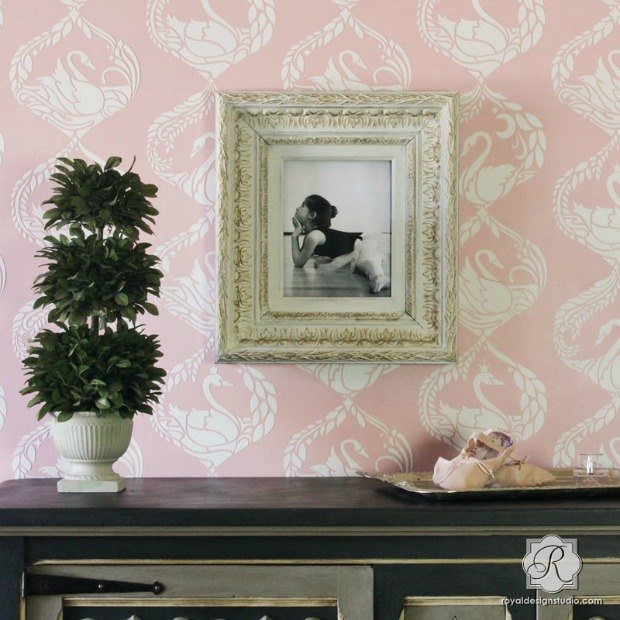



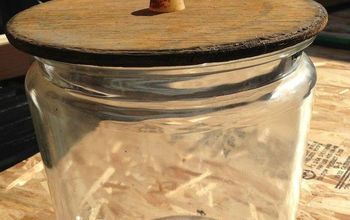
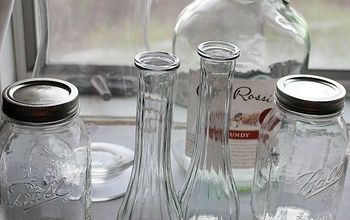



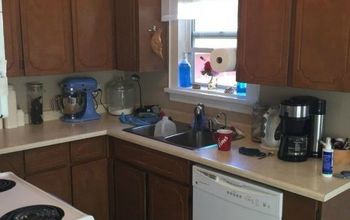
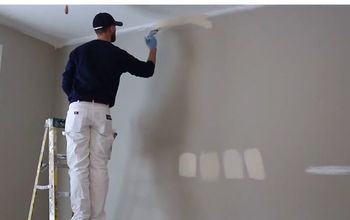
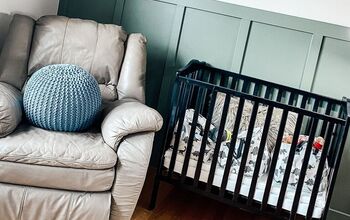
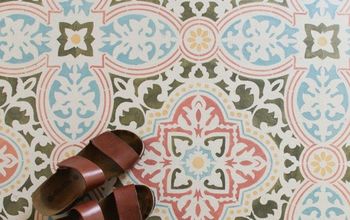
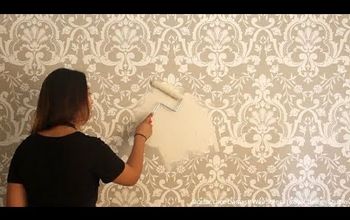
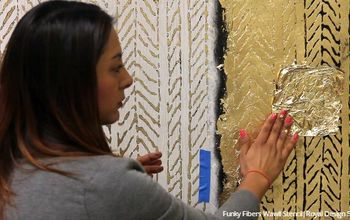

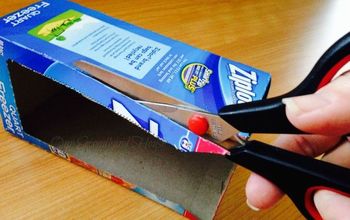
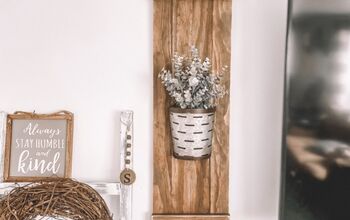
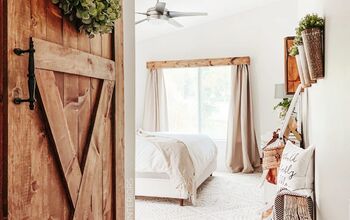
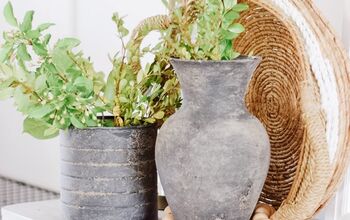
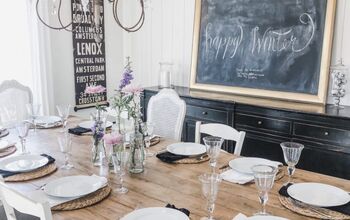
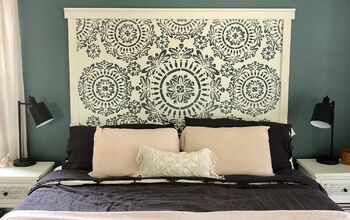
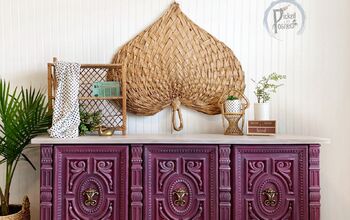
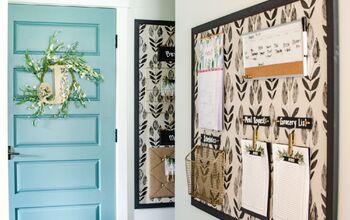
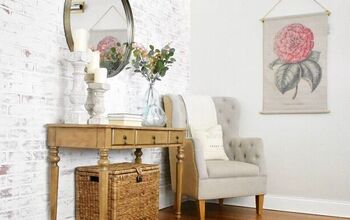
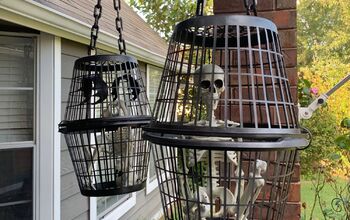
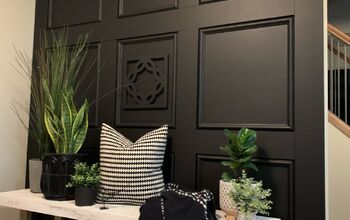
Frequently asked questions
Have a question about this project?
what kind of spray adhesive did you use? does it leave anything behind?
thanks
Beautiful! I would like to know if you have to use a special type of stencil to do this technique or can you use pretty much any stencil? I love this look and would like to try it. I have tons of stencils to choose from but most of them are just regular paint stencils. Years ago I saw this done on the outside of a claw foot bathtub and it was amazingly pretty but didn't get all the details on making it waterproof if there even is a way to do that? Thanks for sharing!
How do you prevent the compound from going under the stencil? And do you lift the stencil off right away?
Do portions of the stencil pattern chip off over time?